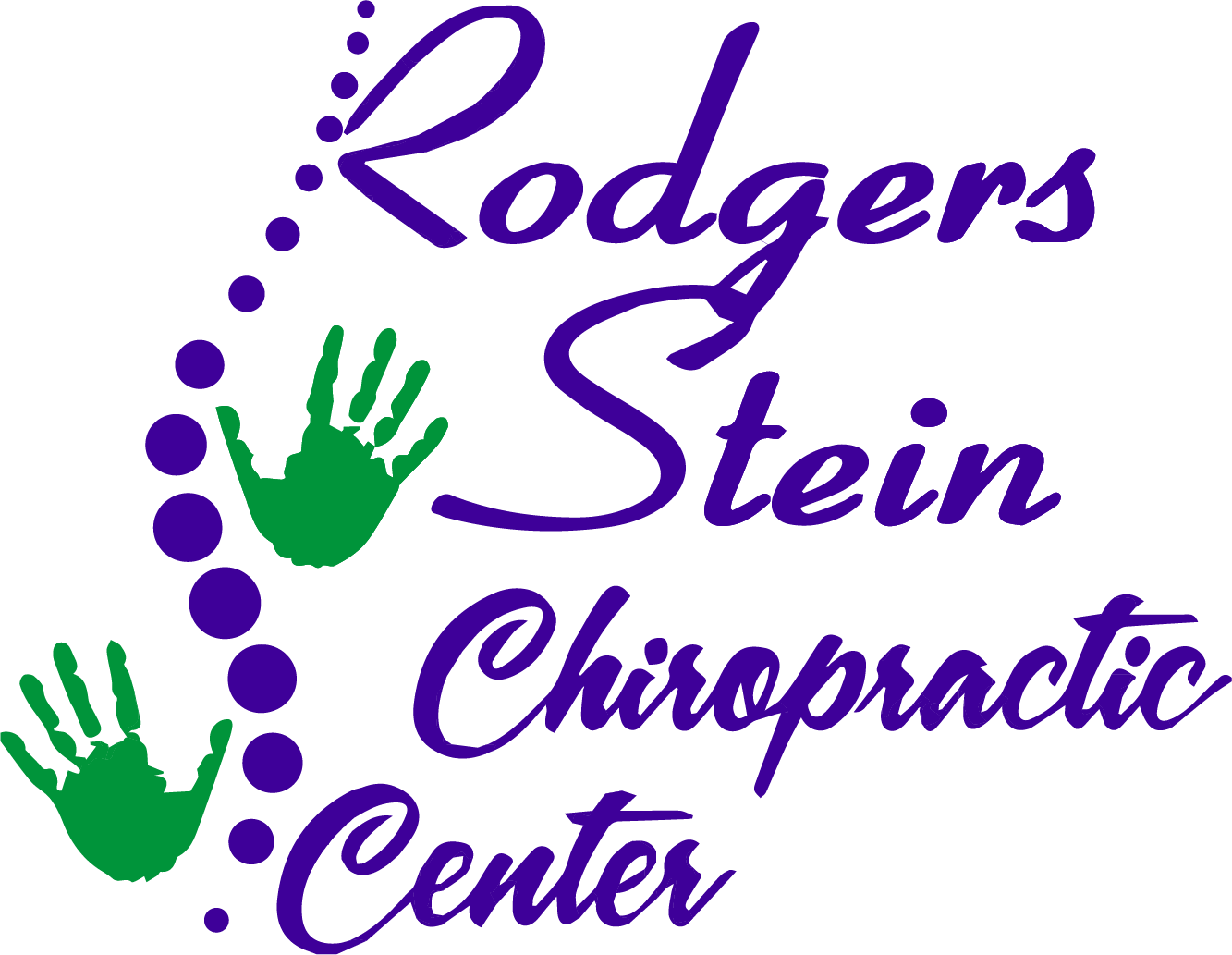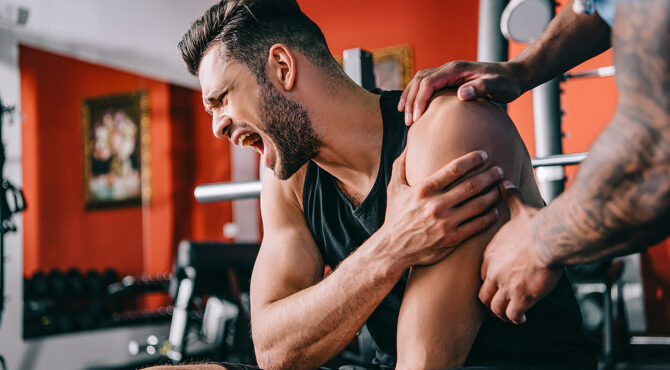You might find that life's demands often leave you feeling overwhelmed, but incorporating natural relaxation techniques can help restore balance. By practicing deep breathing and engaging in mindfulness meditation, you can create a peaceful mental space. Gentle yoga and time spent in nature further enhance your well-being. Imagine the profound impact of these simple steps on your daily routine. Curious about how to seamlessly integrate these practices into your life and discover the full potential of relaxation? Let's explore the essential steps that can transform your approach to stress management.
Practice Deep Breathing
One effective way to promote relaxation is by practicing deep breathing. This simple technique helps you slow down your heart rate and calm your mind. When you focus on your breath, you create a moment of tranquility, allowing stress to melt away.
To get started, find a comfortable position, whether you're sitting or lying down. Close your eyes if it helps you concentrate. Inhale deeply through your nose, filling your lungs completely. Count to four as you breathe in, feeling your abdomen expand. Hold your breath for a moment, then slowly exhale through your mouth, counting to six. The longer exhale helps release tension.
Repeat this process for a few minutes, letting each breath guide you into a deeper state of relaxation.
As you practice, notice any thoughts that arise but don't dwell on them. Allow them to float away like clouds in the sky. If your mind wanders, gently bring your focus back to your breath. You might even find it helpful to visualize a peaceful scene, like a serene beach or a tranquil forest, enhancing your relaxation.
Try to set aside a few minutes each day for deep breathing. You can do this while sitting at your desk, waiting in line, or even before bedtime. By incorporating deep breathing into your daily routine, you'll likely notice improvements in your overall sense of calm and well-being.
Try Mindfulness Meditation
Mindfulness meditation offers a range of benefits, from reducing stress to enhancing focus.
You can easily incorporate simple techniques into your daily routine, making it accessible regardless of your schedule.
Let's explore how to start this practice and weave it into your life for lasting relaxation.
Benefits of Mindfulness Meditation
As you explore the benefits of mindfulness meditation, you'll find that it markedly reduces stress and enhances your overall well-being. This practice encourages you to focus on the present moment, helping to quiet your mind and alleviate anxiety.
Here are four key benefits you can experience:
- Improved Focus: Mindfulness meditation trains your brain to concentrate better, which can enhance your productivity in daily tasks.
- Emotional Regulation: By becoming more aware of your thoughts and feelings, you can manage your emotions more effectively, leading to a more balanced and positive outlook.
- Better Sleep: Regular practice can help calm your mind, making it easier to fall asleep and stay asleep, improving your overall rest.
- Reduced Physical Pain: Mindfulness can change your perception of pain, making it easier to cope with chronic discomfort and enhancing your quality of life.
Incorporating mindfulness meditation into your routine can create lasting benefits that impact various aspects of your life.
You'll likely find that a few minutes of practice each day can lead to significant improvements in how you feel and function.
Simple Techniques to Start
Getting started with mindfulness meditation doesn't have to be complicated. You can begin by finding a quiet spot where you won't be disturbed. Sit comfortably, either on a chair or on the floor, and close your eyes. Take a few deep breaths, inhaling through your nose and exhaling through your mouth. This helps you center your thoughts.
Once you feel settled, focus on your breath. Notice the sensation of the air entering and leaving your body. If your mind starts to wander—don't worry! Gently bring your attention back to your breath without judgment. You might want to set a timer for five to ten minutes to keep your practice manageable at first.
Additionally, consider using guided mindfulness meditation apps or videos to help you get started. They can provide structure and support as you learn.
Practicing consistently, even for just a few minutes each day, can greatly enhance your experience. Remember, the key is to be patient with yourself. Mindfulness meditation is a skill that develops over time, so embrace the journey and enjoy the process.
Incorporating Mindfulness Daily Routine
Incorporating mindfulness into your daily routine can transform even the simplest moments into opportunities for calm and focus.
By practicing mindfulness meditation, you can enhance your awareness and reduce stress. Here are four easy ways to integrate mindfulness into your life:
- Morning Ritual: Start your day with a few minutes of mindful breathing. Focus solely on your breath, allowing distractions to fade away.
- Mindful Eating: When you eat, pay attention to each bite. Savor the flavors and textures, and appreciate the nourishment your food provides.
- Walking Meditation: Take a short walk and concentrate on the sensations in your body. Feel your feet touch the ground, and notice the sights and sounds around you.
- Evening Reflection: Before going to bed, reflect on your day. Acknowledge your feelings and experiences without judgment, allowing yourself to unwind fully.
Engage in Gentle Yoga
Many people find that engaging in gentle yoga is a powerful way to promote relaxation and reduce stress. This practice combines physical movement, breath control, and mindfulness, creating a holistic approach to calming the mind and body. When you step onto your mat, you're not just exercising; you're inviting serenity into your life.
Start with a few simple poses, like Child's Pose or Cat-Cow. These positions help release tension in your back and neck, areas that often hold stress. Focus on your breath as you move through each pose. Inhale deeply, filling your lungs, and exhale slowly, letting go of any negativity or worry. This rhythmic breathing can greatly enhance your sense of peace.
You don't need to be an expert to benefit from gentle yoga. Allow yourself to flow through the movements at your own pace. Consider joining a beginner class or following an online tutorial. The guidance of an instructor can help you understand the postures better and guarantee you're practicing safely.
As you progress, try incorporating restorative poses like Legs-Up-The-Wall or Savasana at the end of your session. These poses encourage deep relaxation and can help quiet your racing mind.
Spend Time in Nature
Spending time in nature offers a wealth of benefits for your mind and body, helping you relax and recharge.
Whether you're hiking, picnicking, or simply enjoying a quiet moment in a park, outdoor activities can boost your mood and reduce stress.
Let's explore how connecting with the natural world can enhance your overall well-being.
Benefits of Nature Exposure
Stepping into a lush forest or strolling along a serene beach can do wonders for your well-being. Nature offers an incredible array of benefits that can enhance your physical, mental, and emotional health.
Here are some of the key advantages you can enjoy by spending time outdoors:
- Reduced Stress: Being in nature lowers cortisol levels, helping you feel calmer and more relaxed. Just a few minutes outside can clear your mind and ease tension.
- Improved Mood: Exposure to natural environments can increase feelings of happiness and contentment. You'll often find that your mood lifts as you connect with the beauty around you.
- Enhanced Focus: Nature has a unique way of revitalizing your mind, improving concentration and cognitive function. You might discover that you can tackle tasks more efficiently after spending time outdoors.
- Boosted Creativity: Immersing yourself in nature sparks creativity and inspiration. Whether you're an artist or just seeking fresh ideas, the natural world can ignite your imagination.
Activities to Enjoy Outdoors
Nature not only offers numerous health benefits but also presents a wealth of activities to enjoy outdoors. You can immerse yourself in the beauty of your surroundings through hiking, which allows you to explore trails while getting your heart rate up.
If you prefer a slower pace, consider a leisurely walk in a nearby park, soaking in the sights and sounds around you.
Gardening is another rewarding way to connect with nature. Whether you plant flowers or grow your own vegetables, getting your hands in the soil can be incredibly therapeutic.
For a more adventurous spirit, try kayaking or paddleboarding on a lake, where you can enjoy the water and get a full-body workout.
If you're looking for something more relaxed, find a cozy spot to read a book or practice yoga in the fresh air. Don't forget to bring a picnic! Sharing a meal outdoors can enhance your experience and allow you to enjoy the simple pleasures of life.
No matter what activity you choose, spending time outdoors can rejuvenate your mind and body, making it an essential part of your relaxation routine.
Listen to Soothing Music
Listening to soothing music often transforms a stressful day into a more peaceful experience.
It's an effective way to calm your mind and elevate your mood. The right tunes can create a serene atmosphere, helping you unwind and focus on the present moment.
Here are some tips to enhance your relaxation through music:
- Create a Playlist: Curate a collection of calming tracks that resonate with you. Include instrumental pieces, nature sounds, or soft vocals that evoke tranquility.
- Set the Scene: Find a comfortable space to listen. Dim the lights, lie down, or sit in a cozy chair. This helps your body associate the environment with relaxation.
- Breathe Deeply: As you listen, focus on your breath. Inhale deeply through your nose, hold for a few seconds, and exhale slowly through your mouth. Let the music guide your breathing rhythm.
- Limit Distractions: Turn off notifications on your phone or computer. Allow yourself to be fully immersed in the experience without interruptions, making it easier to let go of stress.
Utilize Aromatherapy
Aromatherapy can be a game-changer for your relaxation routine.
You'll want to choose essential oils that resonate with you, like lavender for calmness or eucalyptus for clarity.
Once you've selected your oils, let's explore various diffusion methods to maximize their benefits.
Essential Oils Selection
When choosing essential oils for relaxation, it's important to take into account your personal preferences and the specific effects you want to achieve. The right essential oils can greatly enhance your relaxation experience, so consider the following options:
- Lavender – Known for its calming properties, lavender can help reduce anxiety and promote better sleep.
- Bergamot – This citrus oil is uplifting and can help alleviate stress while improving your mood.
- Frankincense – Often used for meditation, frankincense can deepen your sense of peace and facilitate emotional healing.
- Chamomile – With its soothing effects, chamomile is perfect for winding down after a long day.
As you explore these options, think about how each scent resonates with you. You might prefer floral fragrances or lean towards earthy tones.
Trust your instincts, and remember that the best essential oils for relaxation are those that make you feel good.
Once you've chosen your oils, you'll be well on your way to creating a calming atmosphere that supports your relaxation journey.
Diffusion Methods Explained
Choosing the right essential oils is just the first step in your relaxation journey; how you release their aromas into your space can greatly affect their impact. Diffusion methods vary, and each has its unique benefits.
One of the most popular methods is using a diffuser. A few drops of essential oil mixed with water in an ultrasonic diffuser can fill your room with soothing scents, promoting a calm atmosphere. You can also try a candle diffuser, where heat gently warms the oil, releasing its fragrance.
If you're looking for something simpler, you might consider a personal inhaler. Just add a few drops of essential oil to a cotton wick inside the inhaler, and you can carry it with you for on-the-go relaxation.
Another option is to use essential oil sprays. Mix your favorite oils with water in a spray bottle and mist your space as needed.
Lastly, you can simply add essential oils to a bowl of hot water, inhaling the steam for an instant, calming experience.
Experiment with these methods to find which one resonates best with you and enhances your relaxation.
Incorporate Progressive Relaxation
Progressive relaxation is an effective method to help you unwind and release tension throughout your body. This technique involves systematically tensing and then relaxing different muscle groups. By doing this, you can become more aware of physical sensations and help reduce stress.
Here's how to incorporate progressive relaxation into your routine:
- Find a Comfortable Space: Choose a quiet location where you won't be disturbed. Sit or lie down in a comfortable position, allowing your body to feel supported.
- Focus on Breathing: Take a few deep breaths to center yourself. Inhale slowly through your nose, letting your abdomen expand, and exhale gently through your mouth. This helps set the stage for relaxation.
- Tense and Release: Start with your feet. Tense the muscles for about five seconds, then release and notice the difference. Move up through your body—calves, thighs, abdomen, arms, and face. Tense each muscle group and then relax, one at a time.
- Practice Regularly: Aim to incorporate this technique into your daily routine. Even just ten minutes a day can make a significant difference in how you feel physically and mentally.
Maintain a Gratitude Journal
Maintaining a gratitude journal can greatly enhance your overall well-being and help you cultivate a positive mindset. When you take a few minutes each day to jot down what you're thankful for, you shift your focus away from stressors and negativity. This simple practice encourages you to recognize the good in your life, no matter how small.
To get started, find a notebook or use a digital app that suits you. Set aside a specific time each day—perhaps in the morning or before bed—when you can reflect on your day. Write down three to five things you're grateful for. They can be as simple as a warm cup of coffee or a kind word from a friend. The key is to be specific and sincere.
As you write, allow yourself to fully appreciate each item on your list. Close your eyes and recall the feelings associated with your gratitude. This helps deepen your emotional connection to the positive experiences in your life.
Over time, you'll notice that your perspective shifts, and you may find yourself feeling more content and optimistic. Remember to revisit your entries from time to time. Reflecting on past gratitude can serve as a powerful reminder during tough moments.
Limit Screen Time
In our tech-driven world, screen time can easily spiral out of control, impacting both your mental and physical health. The constant barrage of notifications, social media, and streaming services can lead to feelings of anxiety, stress, and even sleep disturbances.
To reclaim your peace and well-being, it's essential to limit your screen time. Here are four practical steps you can take:
- Set Specific Boundaries: Decide how much time you want to spend on screens each day. Consider allocating specific hours for work, leisure, and social media, and stick to them.
- Create Tech-Free Zones: Designate areas in your home where screens aren't allowed, such as the dining room or bedroom. This helps you disconnect during meals and before sleep, fostering deeper relaxation.
- Engage in Offline Activities: Rediscover hobbies that don't involve screens, such as reading, gardening, or exercising. These activities can be invigorating and help reduce reliance on digital devices.
- Utilize Apps Wisely: If you find it challenging to monitor your usage, consider using apps that track screen time. They can provide insights and help you stay accountable without feeling overwhelmed.
Develop a Relaxation Routine
A relaxation routine can be your secret weapon against daily stressors. By incorporating a few simple techniques into your day, you can create a dedicated time for relaxation that helps you unwind and recharge.
Start by setting aside a specific time each day—whether it's morning, lunchtime, or evening—when you can focus solely on yourself. Consistency is key, so try to stick to this schedule as much as possible.
Begin your routine with deep breathing exercises. Find a comfortable position, close your eyes, and take slow, deep breaths. Inhale through your nose, hold for a moment, then exhale through your mouth. This helps calm your mind and body, making it easier to shift into relaxation.
Next, consider adding some gentle stretching or yoga. Even just a few minutes of stretching can release built-up tension in your muscles, promoting relaxation. You can follow a video or simply listen to your body and stretch as needed.
Incorporate mindfulness or meditation into your routine as well. Spend a few minutes focusing on your breath or practicing guided meditation. Apps can be helpful for this if you're unsure where to start.
Finally, wrap up your relaxation routine with some soothing music or nature sounds. This can create an inviting atmosphere that enhances your relaxation experience.
Conclusion
Incorporating these natural relaxation techniques into your daily routine can greatly enhance your mental and physical well-being. By practicing deep breathing, mindfulness, and gentle movement, you'll find it easier to manage stress and maintain a sense of calm. Don't forget to spend time in nature and enjoy soothing music to elevate your mood. Remember, consistency is key—establish your relaxation routine, and you'll soon notice the positive impact on your overall health and happiness.



